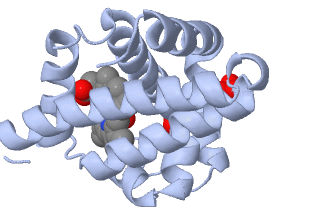
This lesson was inspired by a POGIL lesson on proteins. Like other process oriented guided learning activities, students examine graphics and information. Then they perform tasks to build their knowledge and understanding of the topic.
The slides start with the basic structure of an amino acid, where students identify the carboxyl and amine groups. Then moves onto R groups and how each R group has its own properties, such as being polar or having an aromatic ring.
Students then learn about dehydration synthesis and see how amino acids form peptide bonds to create long chains. Dehydration synthesis, also known as condensation reaction, is a process by which two or more small molecules combine to form a larger molecule. This results in the loss of a water molecule, hence dehydration.
The twenty amino acids are also discussed and students are asked to identify molecular models, though I do not expect them to memorize the chemical structures, just to look at the chart and compare them to other models. Finally, secondary, tertiary, and quaternary structures are discussed with a focus on the proteins myoglobin and hemoglobin.
There are a couple of areas where students follow links to go outside the document. The links provide additional information and a view the 3D version of myoglobin.
Myoglobin is the protein found in muscle cells. I use this molecule as an anchoring phenomenon because students have some background understand of muscles.


